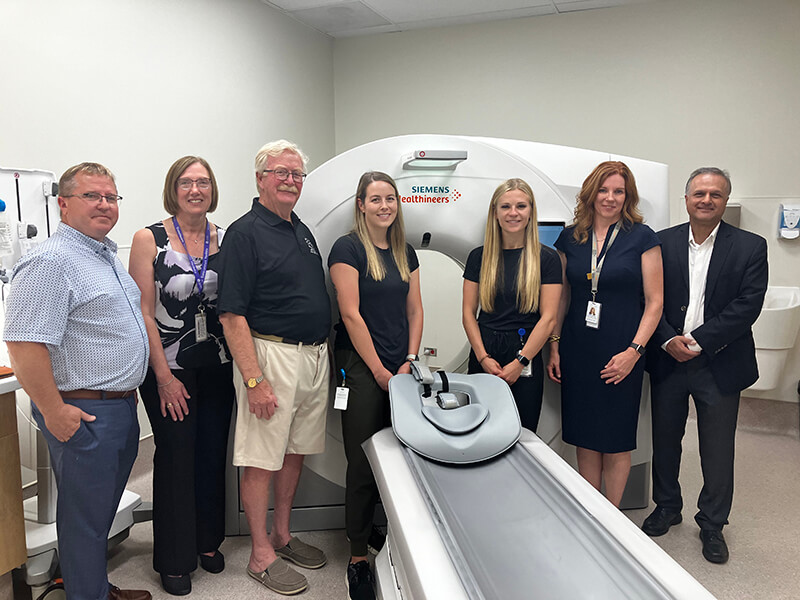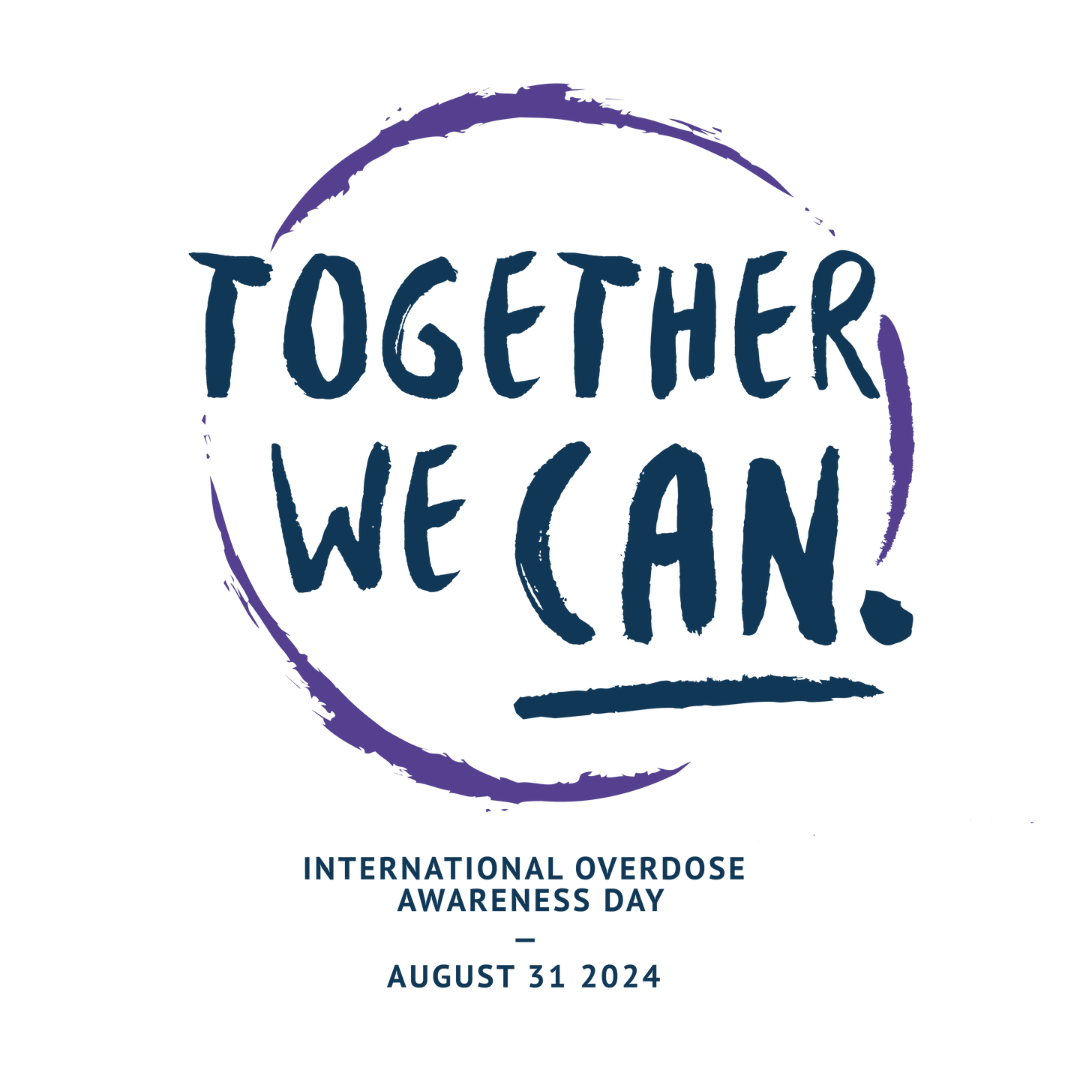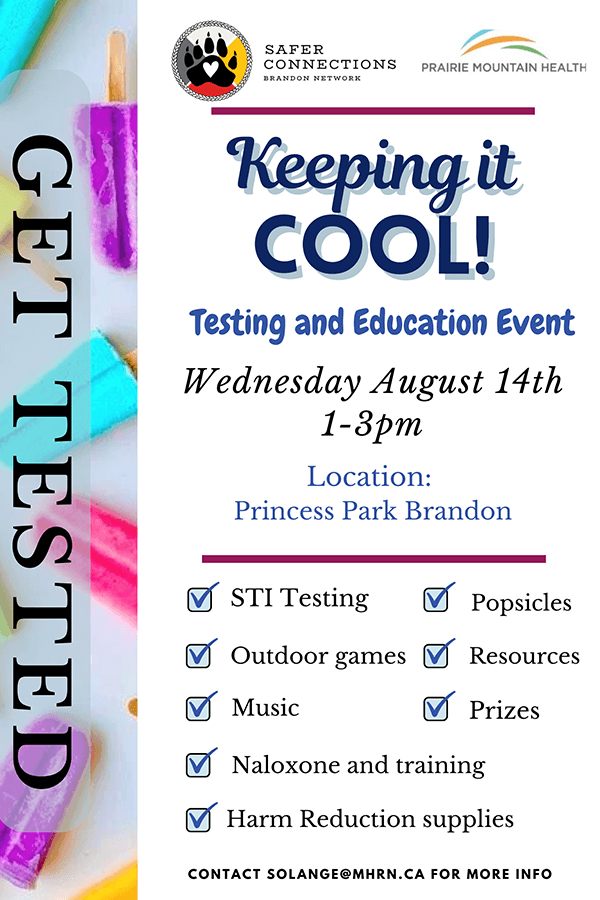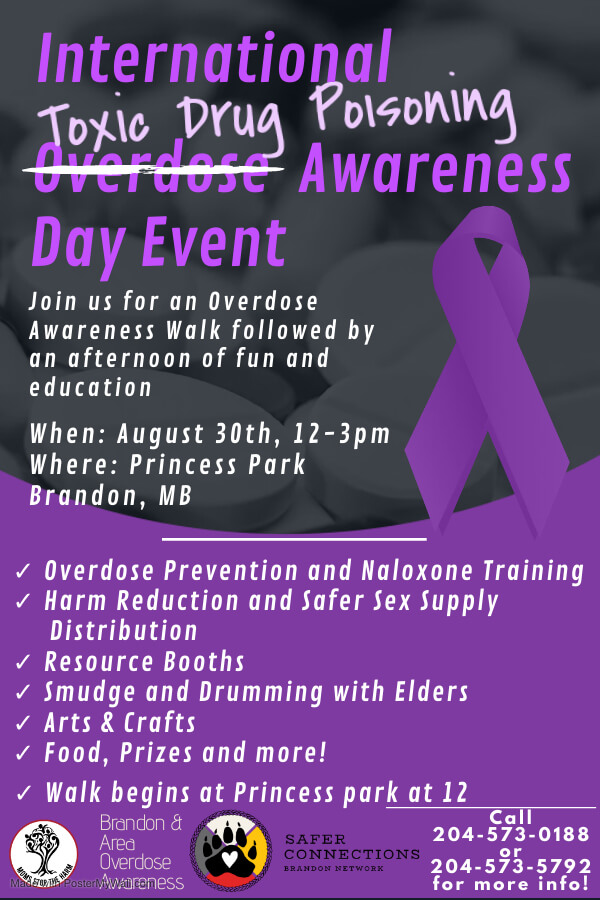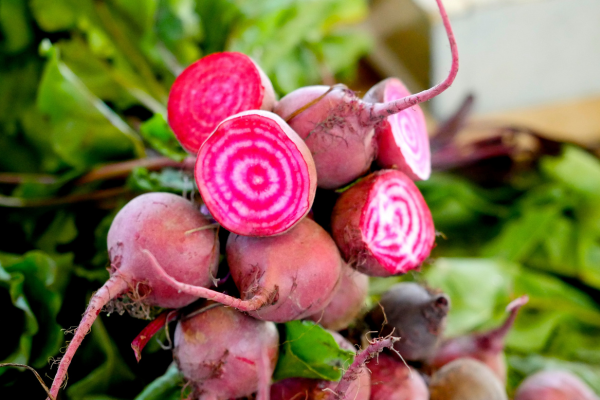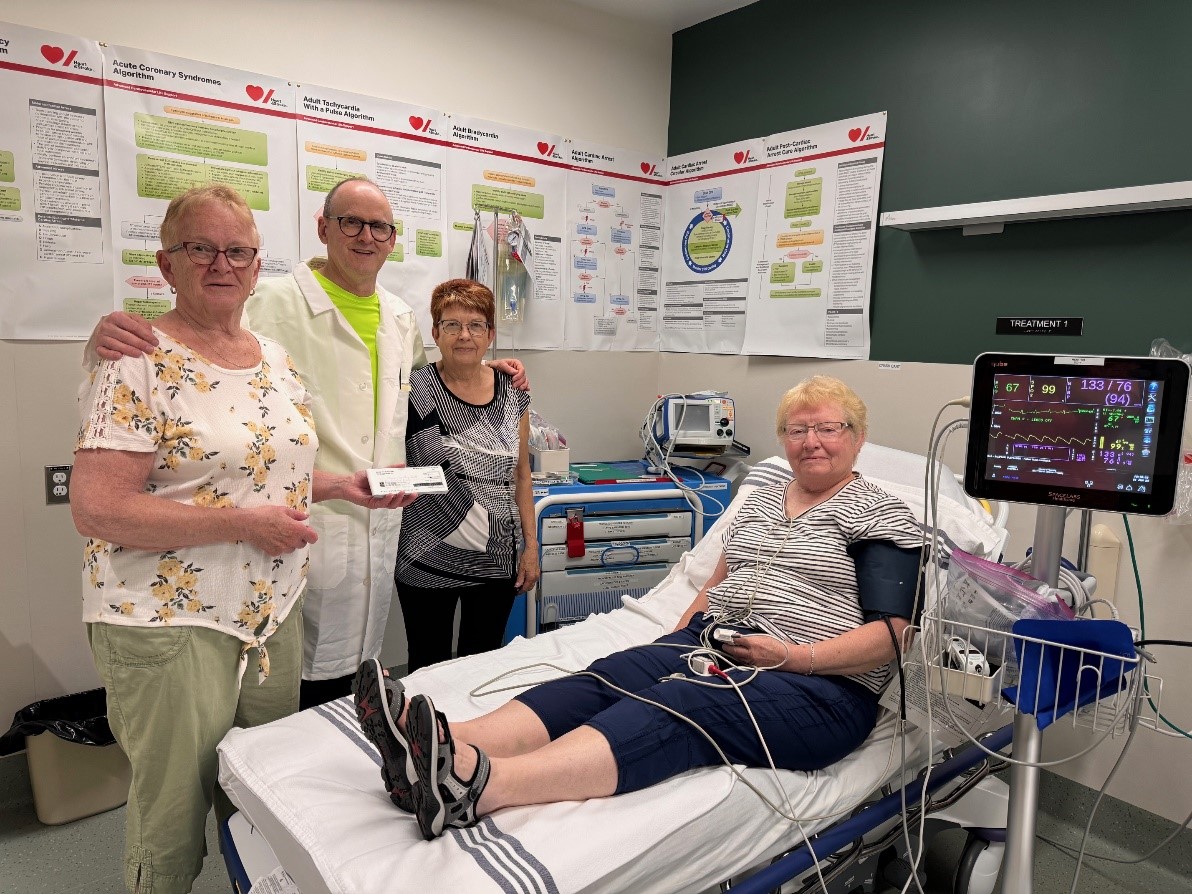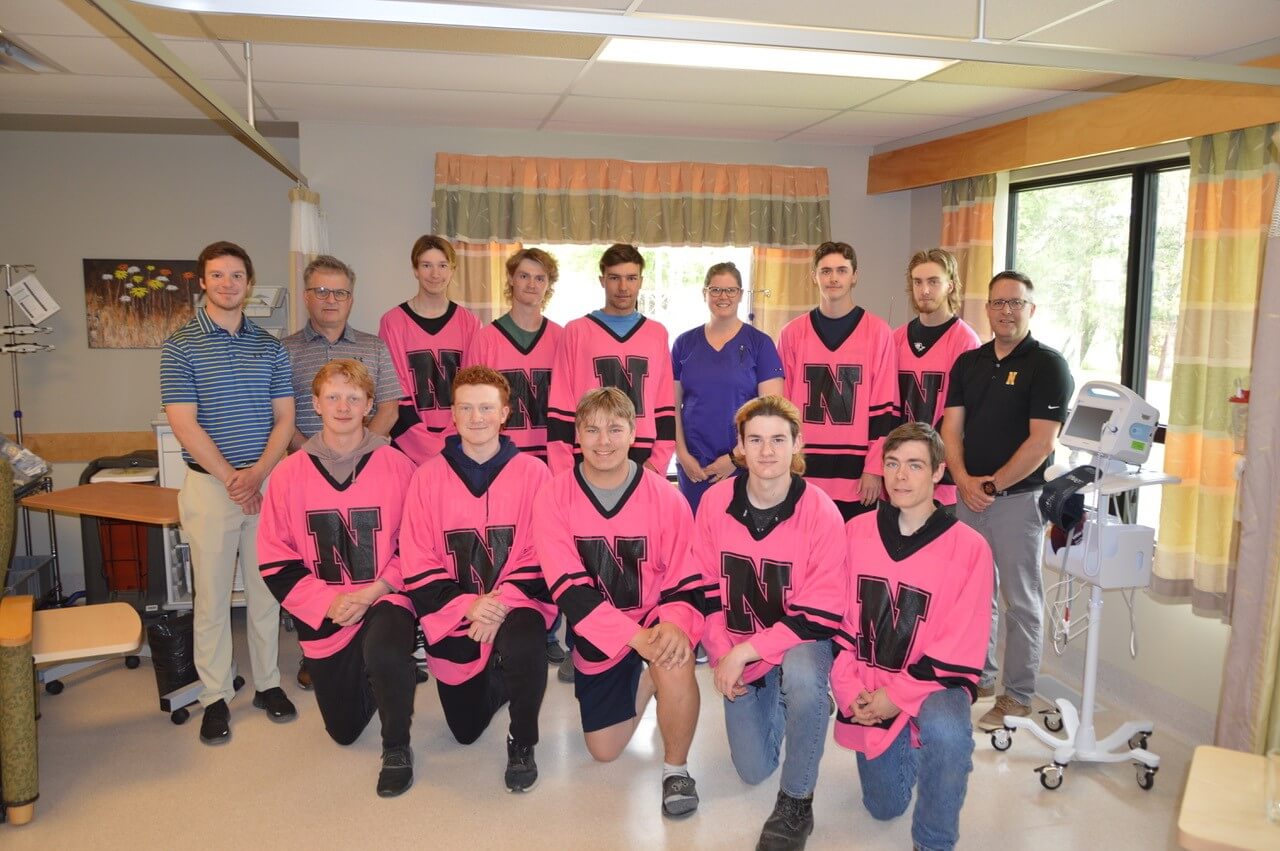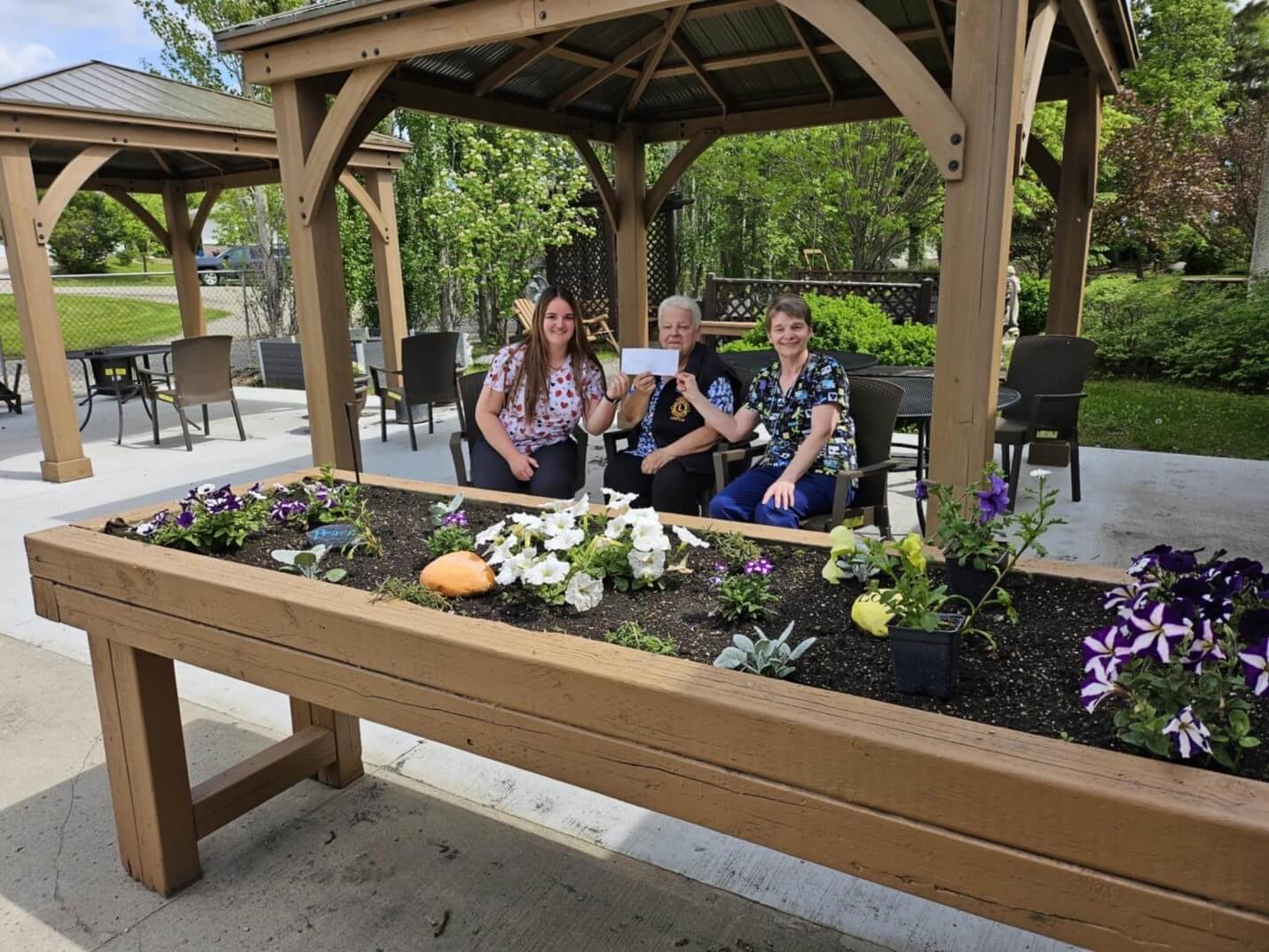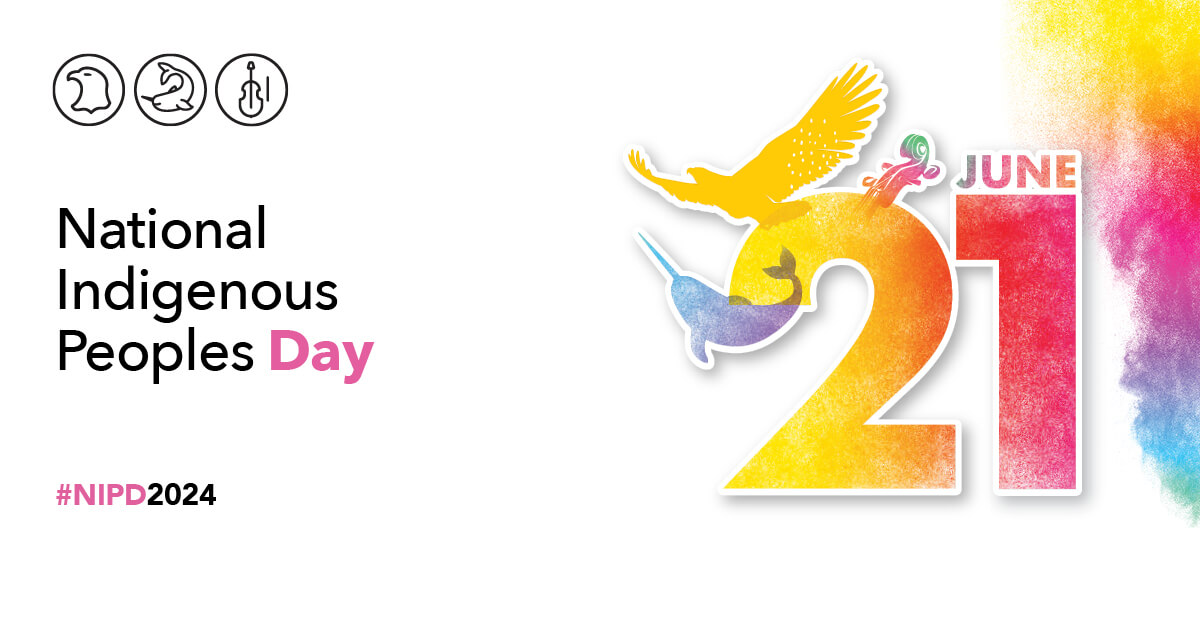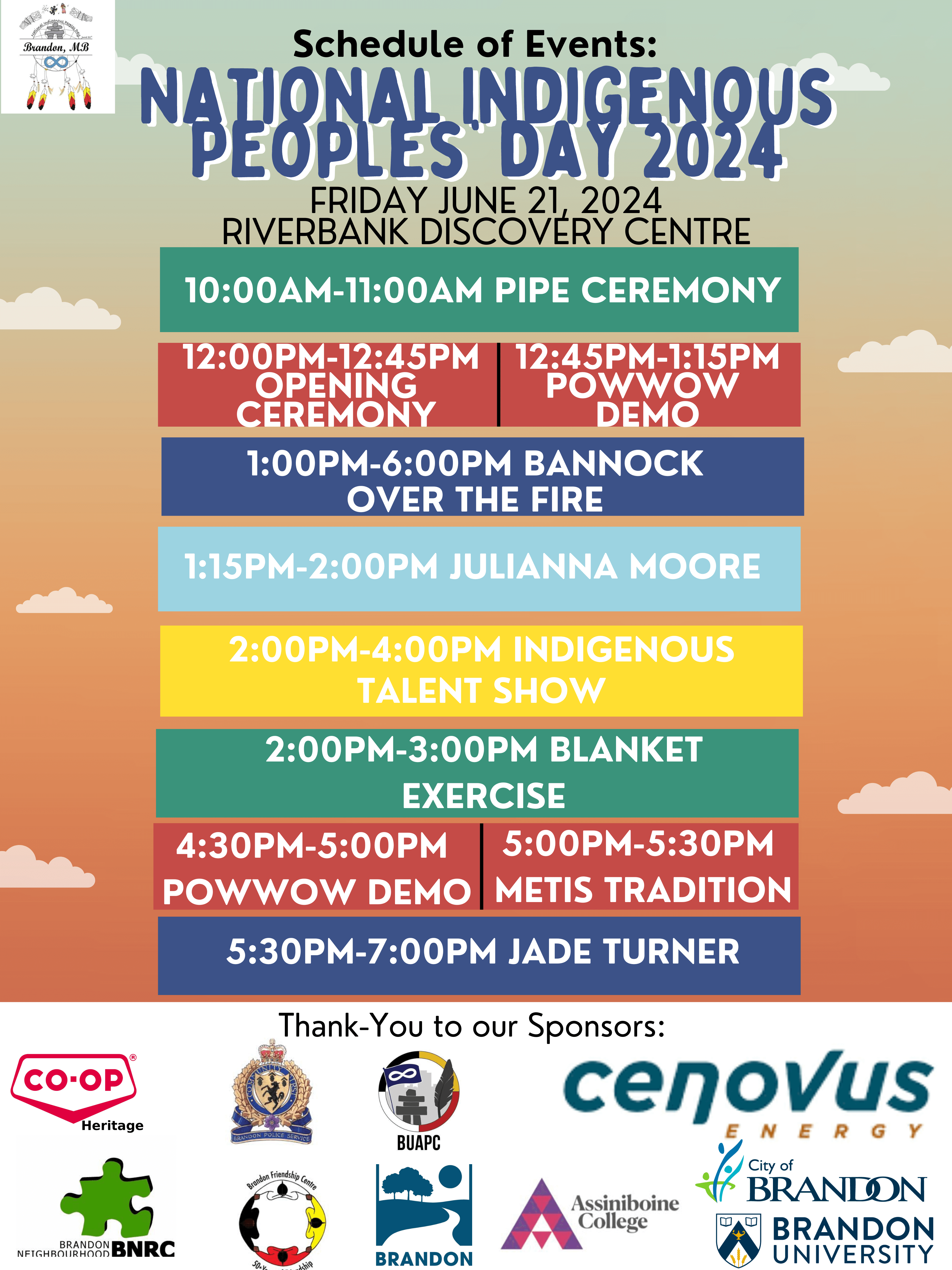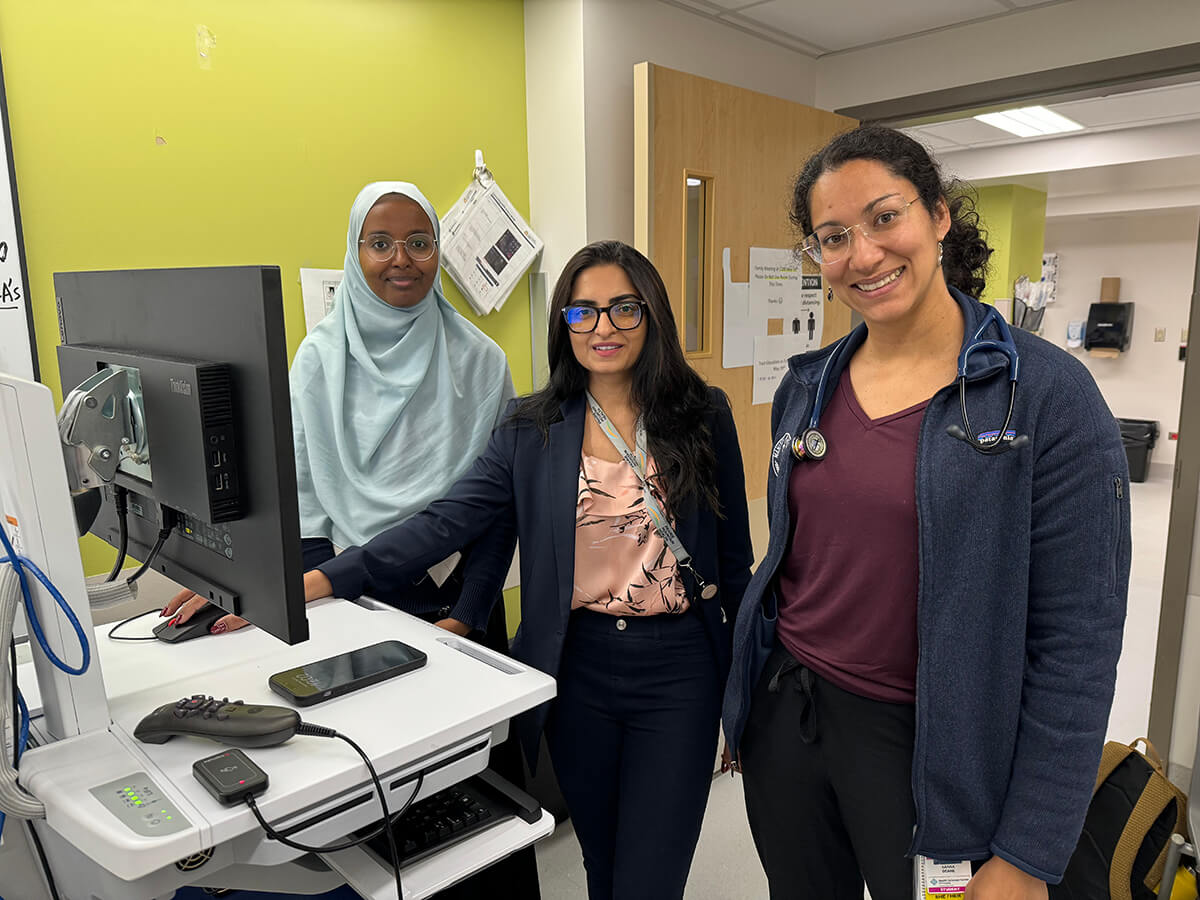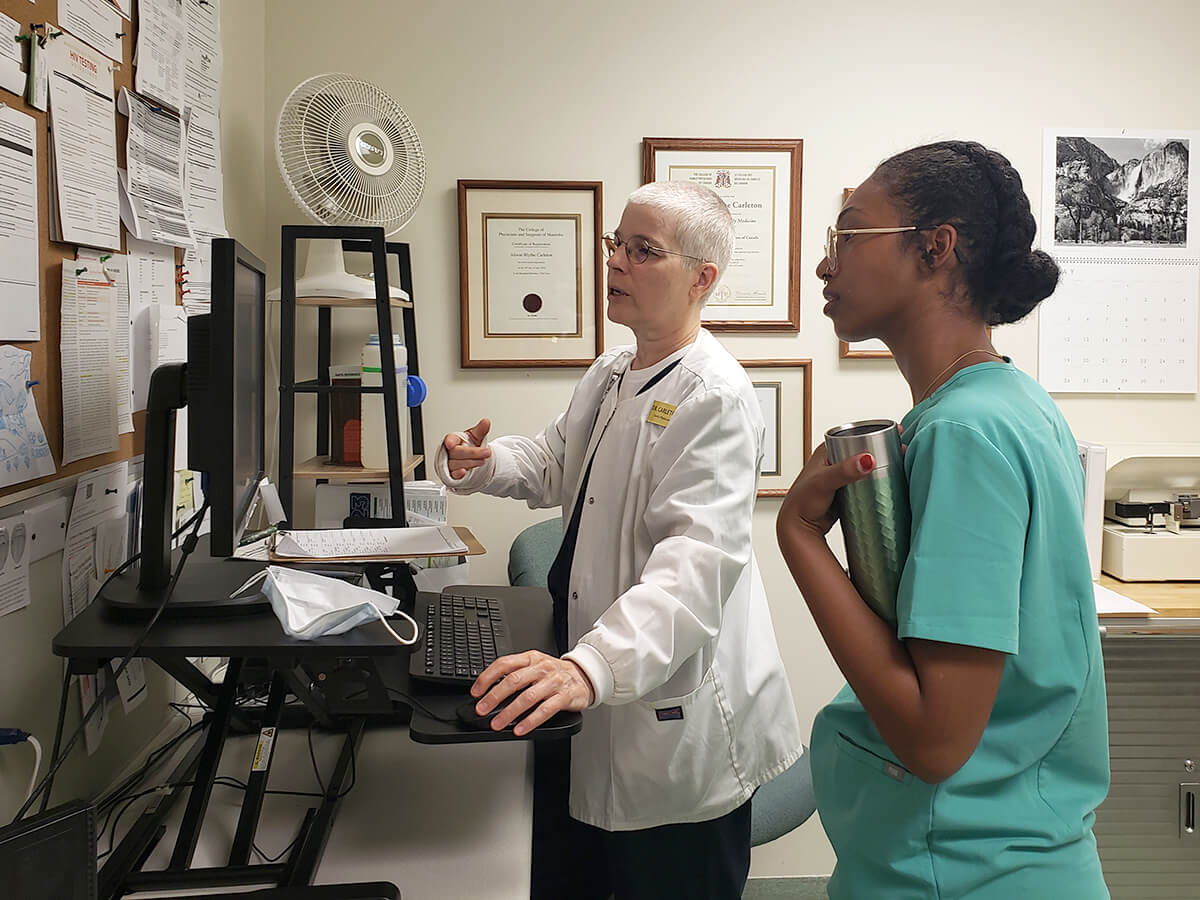Dauphin Medical Clinic honoured with 2024 Teaching Site of the Year Award
The University of Manitoba, Department of Family Medicine, held its U of M 2024 Inspire DFM Awards June 5th. The awards are held annually to celebrate outstanding staff, faculty, residents, and teaching sites who elevate the Department of Family Medicine, improve healthcare, and help to train the next generation of caring and committed family physicians.
The Dauphin Medical Clinic was honoured to receive the 2024 Teaching Site of the Year award. From nominator Dr. Chavi Tejpal, a Postgraduate Year 2 lead resident at the Parkland Family Medicine Residency Unit:
“I support Dauphin Medical Clinic for multiple reasons. The Parkland Family Medicine Residency Program, created in 1991, is the second oldest rural training program in Canada for Family Medicine. With its strong roots and training, Dauphin provides more than academic opportunities for our residents.”
“Having been a part of this program, I have experienced first-hand the exceptional community foundations, resources, and support structures it offers to its residents. One of the standout features of the program is its unwavering commitment to the health of the community.
The availability of resources such as the Primary Care Outreach Clinic (PCOC), public health initiatives such as breast feeding and immunization clinics, and multimodal mental health services ensures that residents are equipped to effectively address a wide range of patient needs.”
Dr. Tejpal says the program fosters a culture of collaboration and support among inter-professionals, providing residents with invaluable opportunities for interdisciplinary learning to enhance patient care.
“I am particularly impressed by the dedication of preceptors who open their homes as spaces for wellness activities, demonstrating a personal investment in the growth and development of residents. The active involvement and presence of a dedicated dietitian and mental health worker further illustrates the programs commitment to comprehensive care and resident support.”
Dr. Tejpal adds that accessibility of local specialists enhances the learning experience, providing residents with exposure to diverse medical perspectives and specialties such as a geriatric, adult and child psychiatrist, surgeons and unique niches in family medicine such as cancer care, geriatrics, dermatology, obstetrics, anesthesia and emergency medicine.
Dr. Anthony Wightman, who recently completed his first year of the residency program says the Dauphin Medical Clinic plays a vital role in the success of the Parkland Family Medicine Program.
“Manitoba has a vast catchment, diverse population, and skilled physicians. It is the best province to train for family medicine in, and the Parkland program is the best family medicine site within Manitoba for three reasons: its location, the resources, and the team.
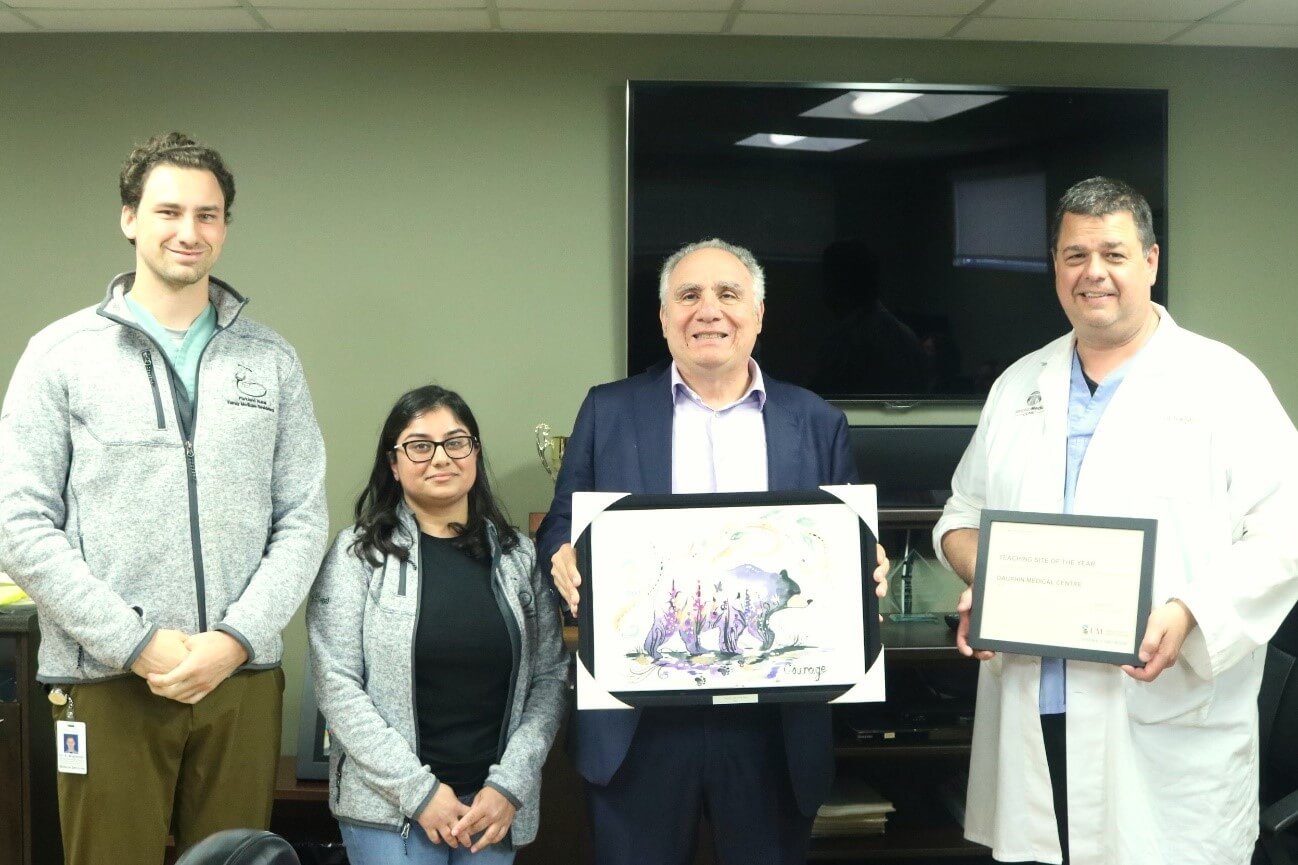
The Parkland Family Residency Program is close enough to Brandon and Winnipeg that specialist support is available in emergencies. However, it is far enough that its physicians and residents must often differentiate and effectively treat their patients before support is available or accessible.”
Dr. Wightman concludes this relative isolation means that the residents are driven to be independent, assertive, and skilled in the clinic, ER, and hospital. Residents who graduate from the Parkland program often pursue additional training in anesthesiology and emergency medicine, providing benefit to the residency program and communities as a whole, which is necessitated by some of the area’s remoteness. Medical Clinics and facilities in nearby Grandview and Ste. Rose also play a participating role in the Parkland program.
“The Parkland program’s remoteness is balanced by a significant support network. It incorporates a clinical dietitian, respiratory therapists, and community mental health workers into its training team, which other sites do not. Parkland’s physical setup is also excellent. The emergency room is clean, modern, and has easily accessible ultrasound machines which residents are encouraged to use.”
The Dauphin Medical Clinic is across the street from Dauphin Regional Health Centre. With over 20 physicians, Dauphin has a wealth of family doctors, plus physicians in emergency medicine and anesthesiology, obstetricians and general surgeons to learn from. Dr. Wightman believes since Dauphin is so well staffed, these physicians have ample time to teach and support residents. This breadth of experience includes disciplines covering obstetrics, pediatrics, general medicine, geriatrics, addictions, emergency, anesthesiology, and palliative care. “I recently completed a month of training at the Winnipeg Health Sciences Centre ER – many of the doctors there trained in Parkland and spoke highly of it,” stated Dr. Wightman. “On all my off-service blocks, attendings have spoken positively of the program. Now, after several months, I am honoured to be able to attest to its excellence myself. The Parkland Family Medicine Residency Program, with strong support from the Dauphin Medical Clinic, is the best teaching site in Manitoba.”


